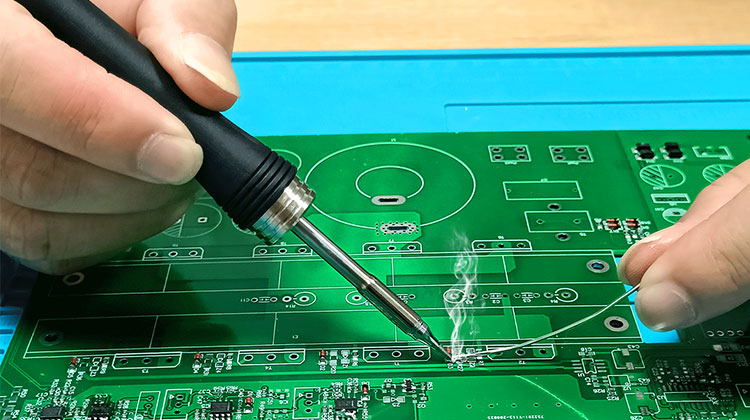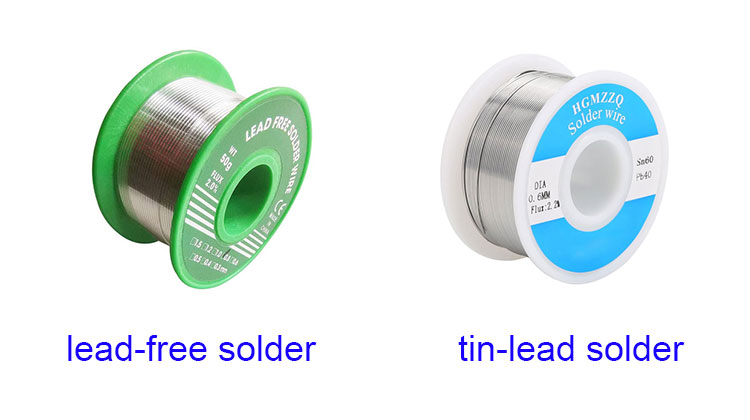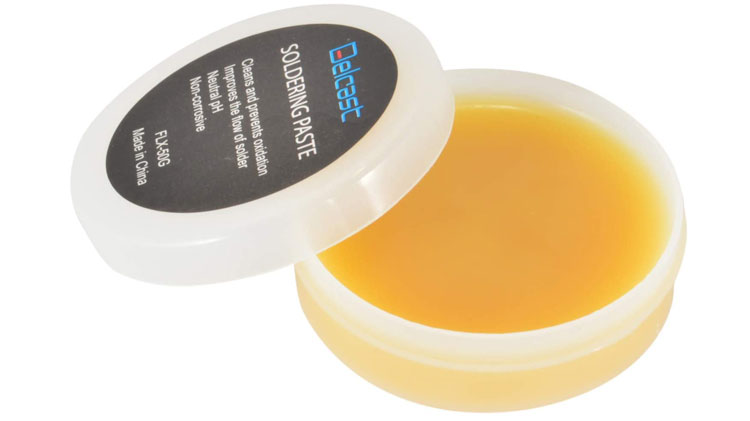Soldering can be performed with through-hole parts as well as with SMD. SMD is an increasing number of usual because the parts are much smaller. This results in a much more effective printed motherboard with even more parts per surface area. However, SMD soldering is specialized, and several points are various from through-hole. This short article is suggested to offer an introduction to soldering SMD compendiums, as it is thought that the short article about hand-soldering has already been read.
What is SMD?
SMD elements are tiny "Surface-Mounted Devices." This term covers all elements that are not through-hole. From resistors to LEDs to finish Integrated Circuits (ICs). These elements have various conventional dimensions and designs. This is essential to maintain an eye on due to the linked footprint. The dimensions of straightforward SMD parts are shown in 4-digit codes explaining size and size dimensions in inches. This makes it very easy to see how huge the components are.

Soldering tools and soldering suggestions
The soldering station is one of the most integral parts when soldering SMD components. It is important to select an excellent tip. This is more crucial than an excellent soldering station since our JBC terminals can not be used properly with an incorrect tip. When selecting the tip, it is vital to take one that matches the SMD components' dimensions. These parts have a certain size for the pads and are less complicated to solder with a tip, which fits the dimension of the pads. Our suggestion is to choose a chisel-shaped tip around 1 and 2 mm. These are extremely appropriate for a warmth transfer because of their shape.
Soldering tin and also flux
The choice of solder depends upon your application; if you are going to do fixings on existing electronic devices, it is easier to take lead-free solder. This is because the solder on published circuit boards today is usually lead-free of environmental factors. Lead-containing and lead-free solder do not blend, as well as if you wish to collaborate with the lead-containing solder, the pad will have to be cleansed completely.
If you intend to construct your PCBs, you can utilize either lead-free or lead-containing, in which instance only personal preference is necessary. Utilizing the solder paste rather than tin is also possible, but this is nearly specifically used with reflow or hot air.

Flux is vital to make soldering easy. By scrubbing the pads of your print with the flux, the solder will automatically flow to the ideal area. This makes it simple to solder without the soldering IC pins to each other.

Other beneficial tools
These tools are extremely useful since SMD soldering with fingers, and a naked eye is much harder than with devices. Tweezers are crucial to position SMD parts. To remove excess flux from the print, Isopropanol alcohol is an excellent alternative.
SMD soldering
The soldering procedure takes place in several actions that can follow each other rapidly in practice. The tip of the soldering iron must be clean.
Tin among the pads to see that the component can be positioned. The pad needs to be fully tinned but beware of doing it sparingly.
Place the component in the ideal area while keeping the soldering fluid. The component's placement must be relatively good. Otherwise, the second pad will take much work to get.
Oil some flux on the other pad.
Give a tip with an excellent quantity of solder.
Touch the pad with the tip. The solder will instantly flow into the pad, creating a great solder joint.
Check the solder connection and tidy if it is awesome, possibly the flux away with Isopropanol alcohol. If there is too much solder on a joint, the simplest method to remove it is with a little desoldering tape.
ICs soldering
These steps are very similar to the above. ICs are only a bit harder since they have even more adapters in a smaller location. This makes soldering a great deal a lot more specific.
Disperse flux over all pads—tin one of the pads with a good amount of solder.
Place the IC in the ideal place while maintaining the solder liquid. A set of tweezers is vital for this. It is very important that the part's positioning is fairly excellent. Otherwise, the other pads must be soldered properly.
Solder the rest of the pads. The circulation of the solder ought to be automated. Otherwise, a lot more solder needs to be added. Evaluate the solder connection and clean it when it is trendy. If necessary, the flux away with Isopropanol alcohol. This can be done. However, it provides a complete outcome. Removing it with a little desoldering tape is the simplest if a joint has too much solder.
Soldering regulations
Inside outwards. The most hassle-free order for the job is from the center of the board to the sides. The easiest way to do the job is small to large for different component dimensions.
Maintain the bad cold. If a course on a circuit board obtains as well warm, it is feasible that it will allow going. This can be done by merely not soldering for a lengthy in one location.
Keep the tip clean. The soldering tip has to be maintained clean when soldering with SMD. This advertises dissipation and also warmth dissipation. Rusty soldering tin is a bad conductor, which also contaminates the soldering to be made. This is why the soldering tip needs to be cleansed for each collection of soldering procedures. The sponge has to be damp but not truly wet. Otherwise, the temperature of the tip will drop way too much.
The rules stated in the hand-soldering post also apply here.
With this information, you can begin on the planet of SMD soldering. For enthusiasts, this can give sufficient info to solder PCBs, yet the essential point with soldering is practice. Without method, the solder joints never obtain far better.
Contact: Mr. Li
Phone: (0086) 138 24254 321
E-mail: atetool@atetool.com.cn
Add: 5F, 1-2# Building, Tongfuyu Industrial Zone, Aiqun Rd, Shiyan Subdistrict, Bao'an, Shenzhen, 518108, China